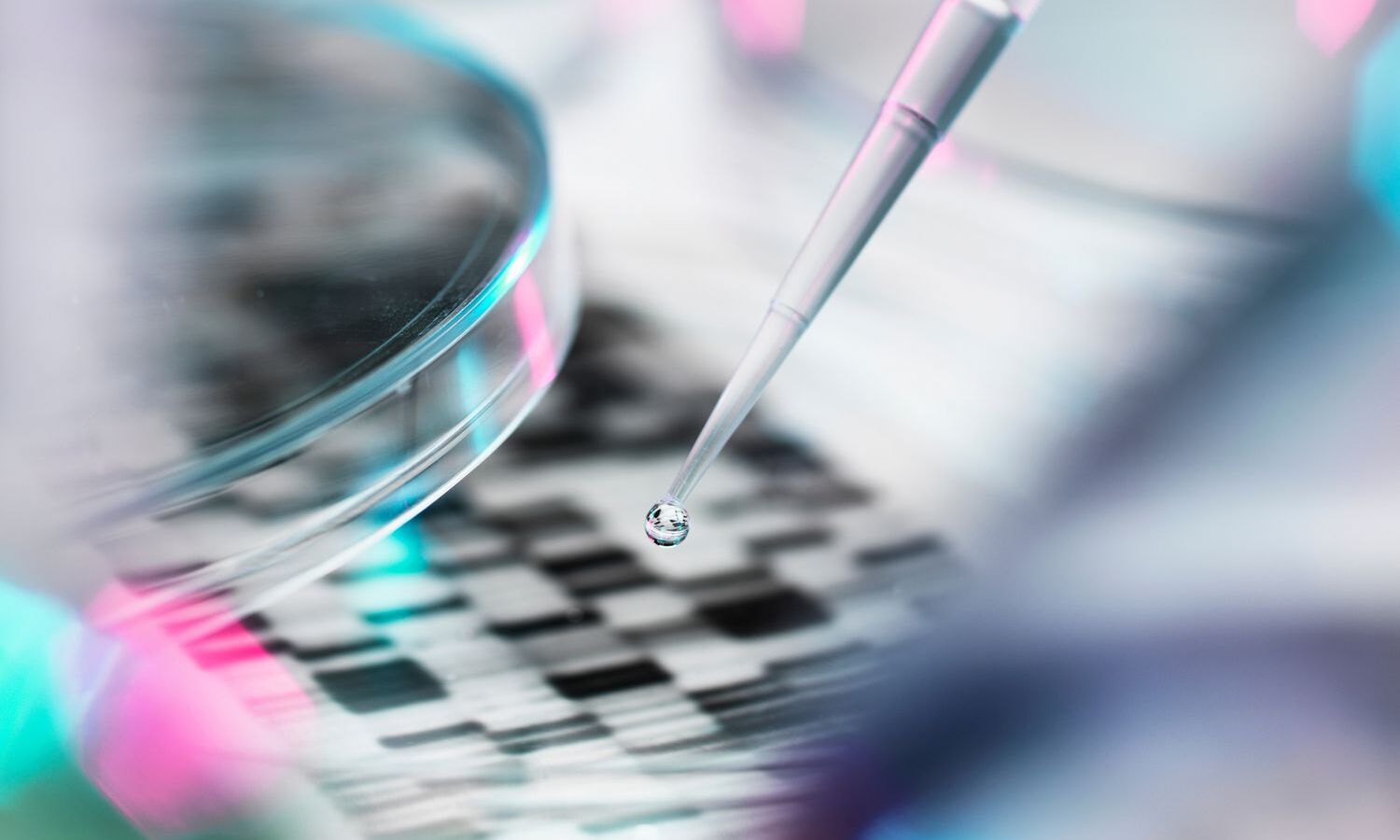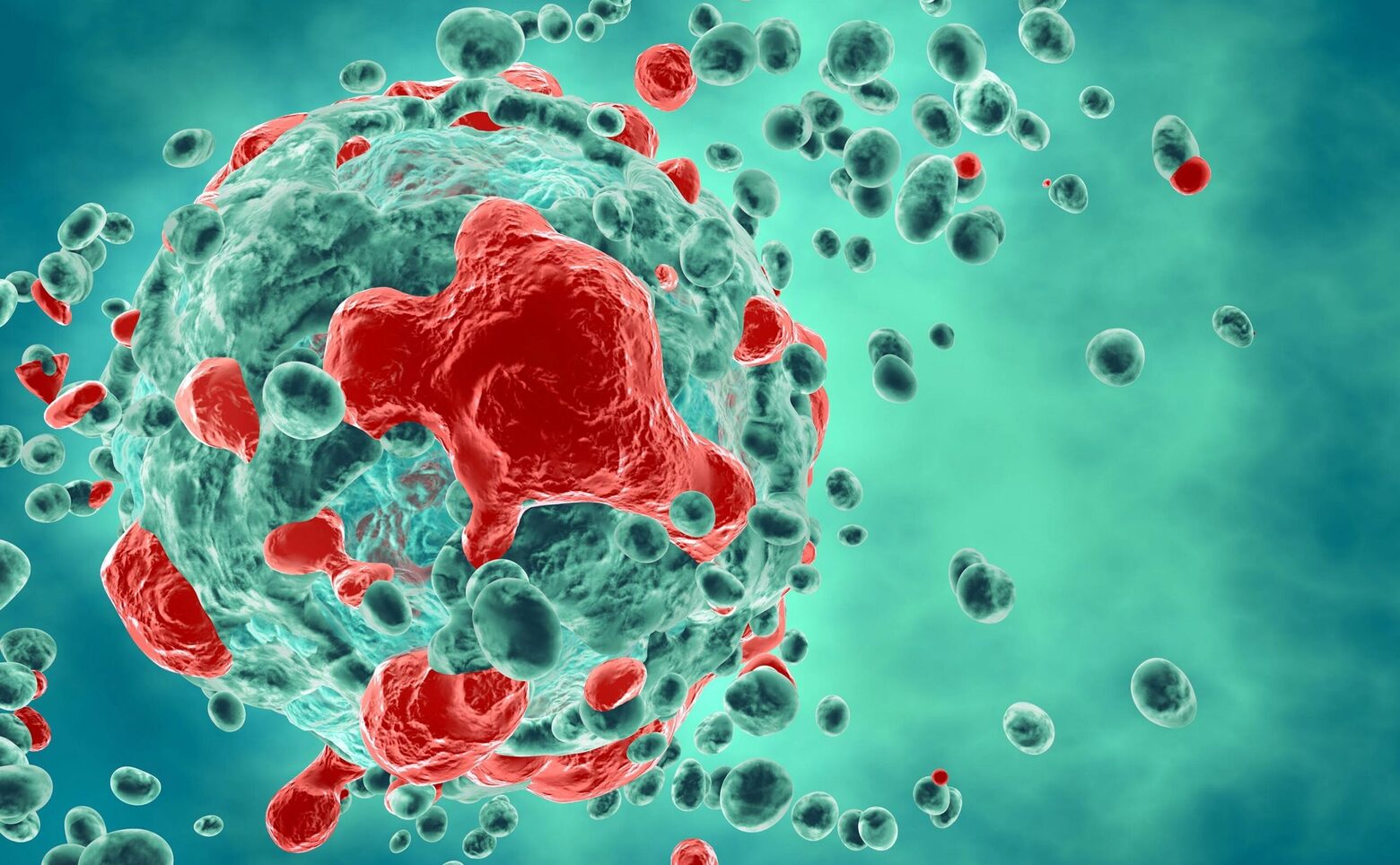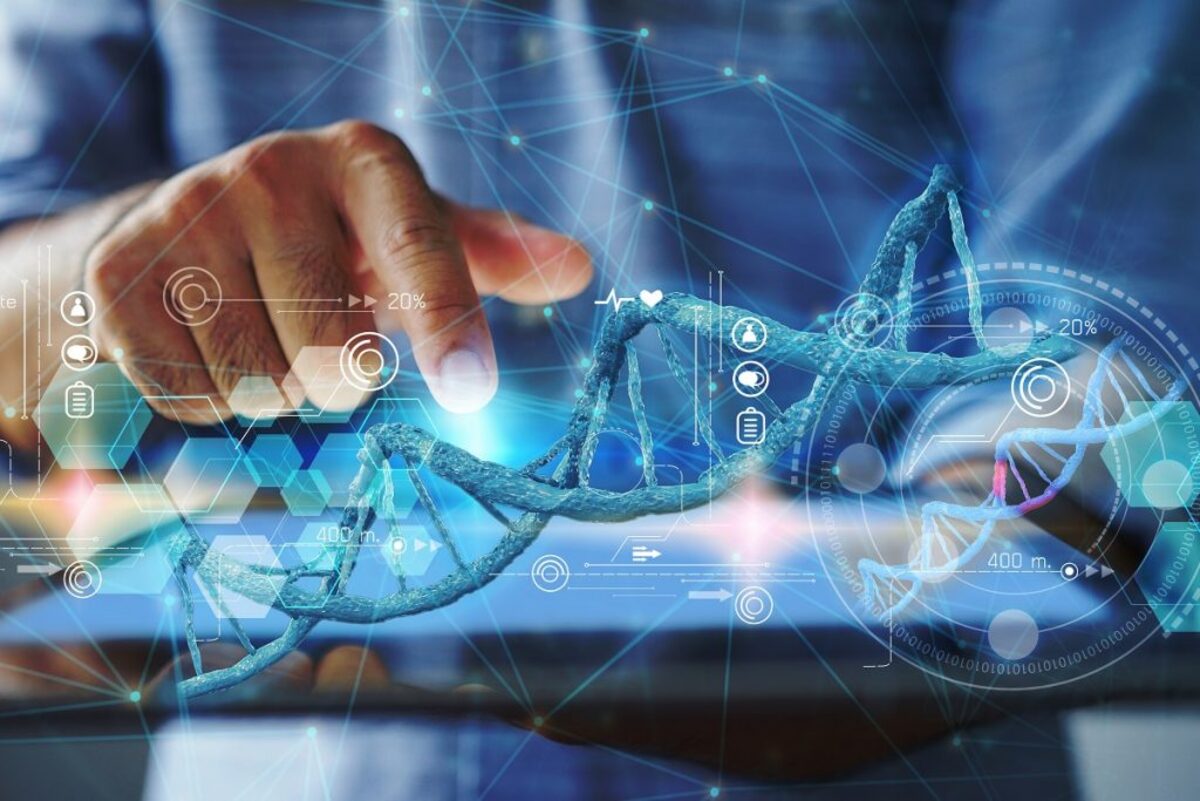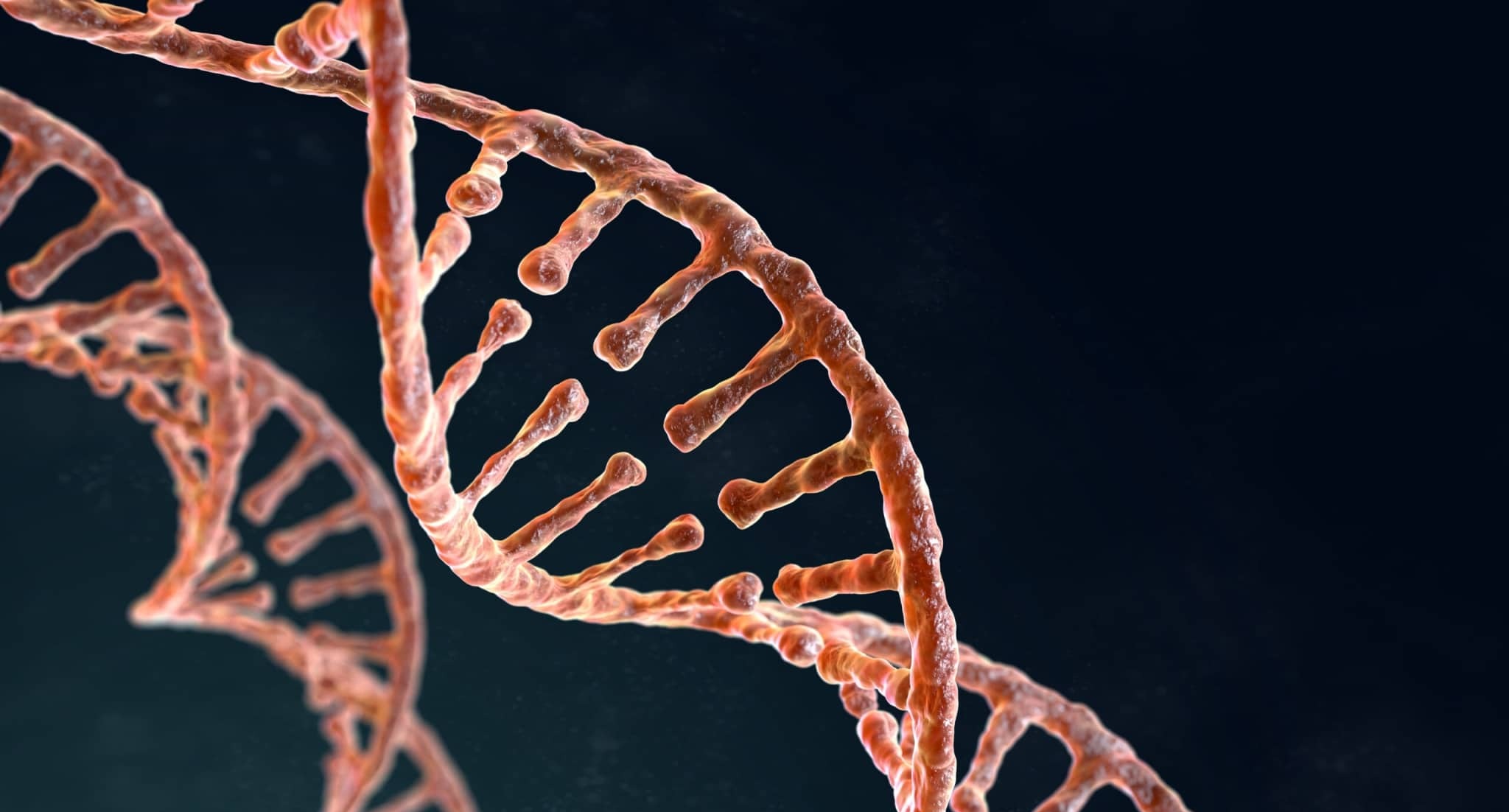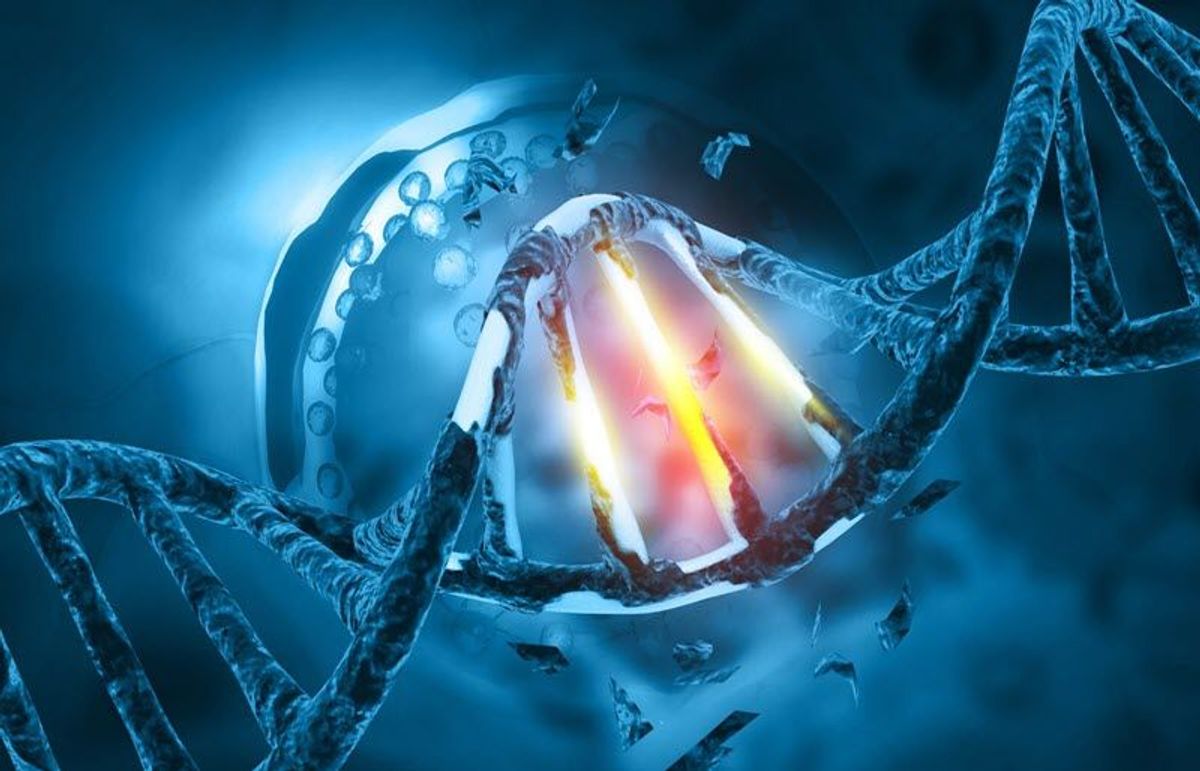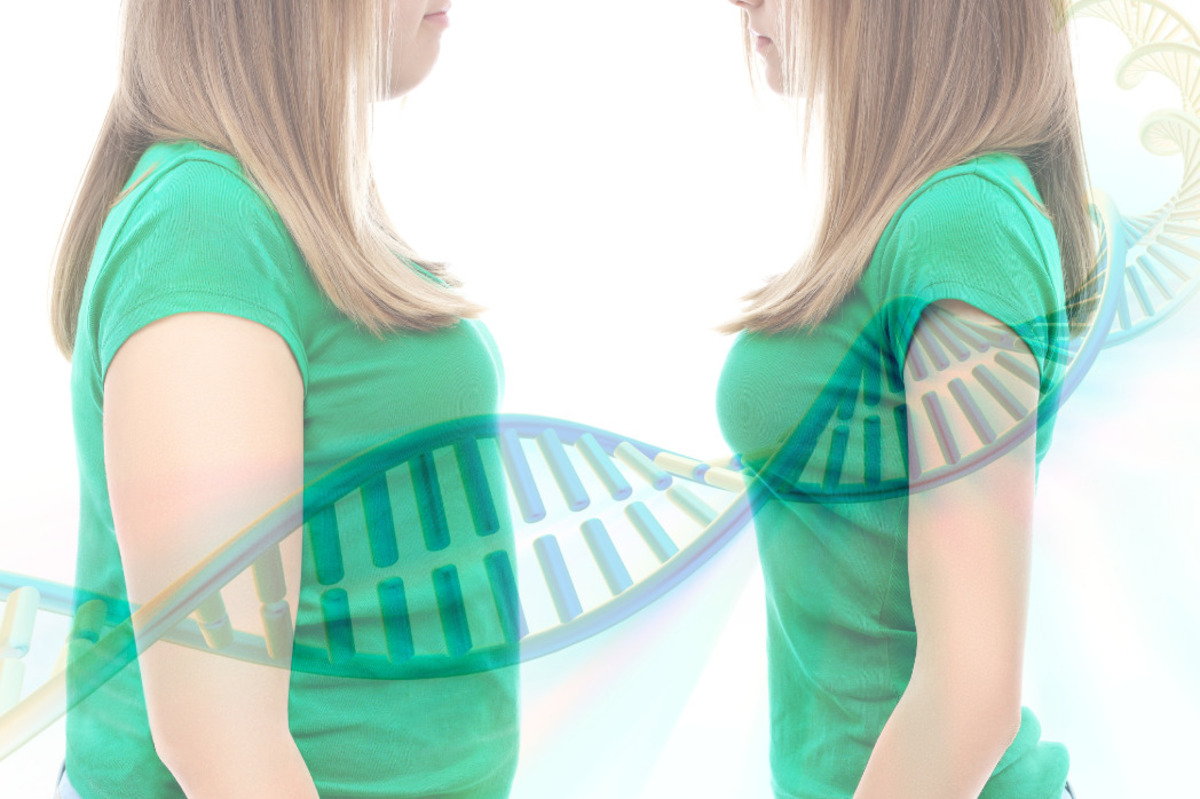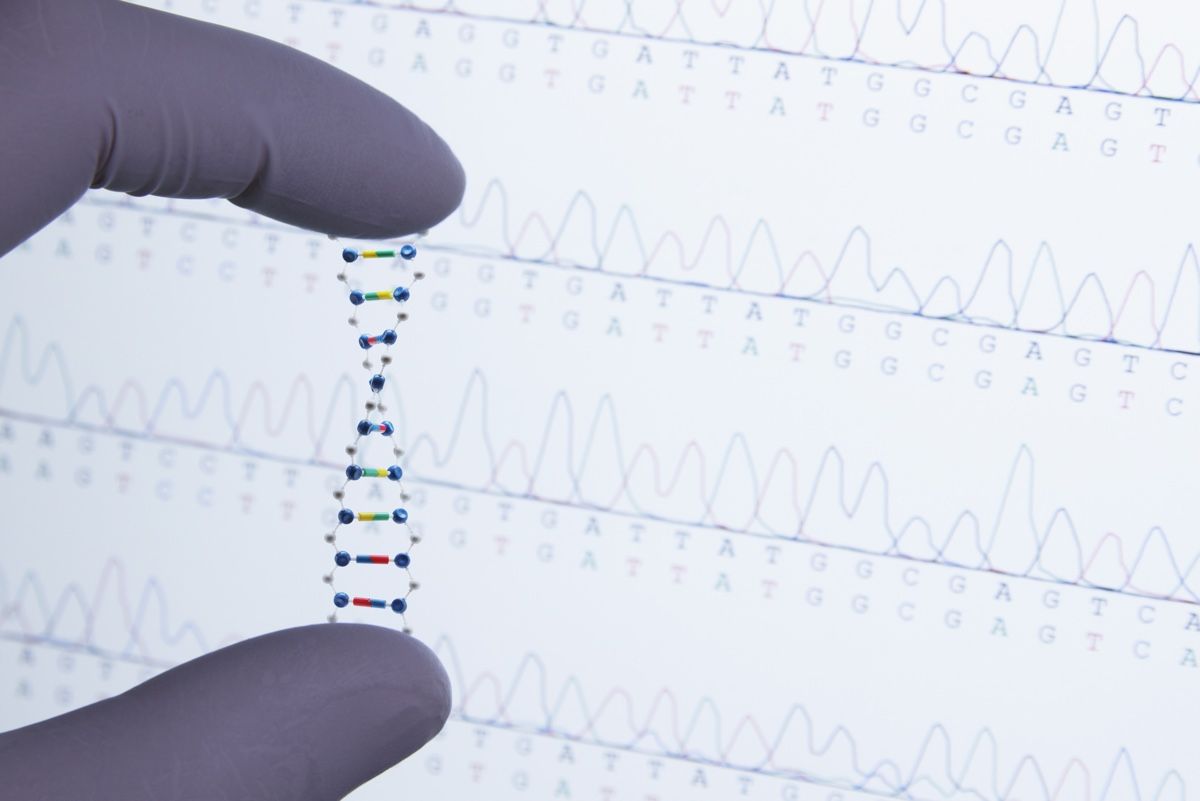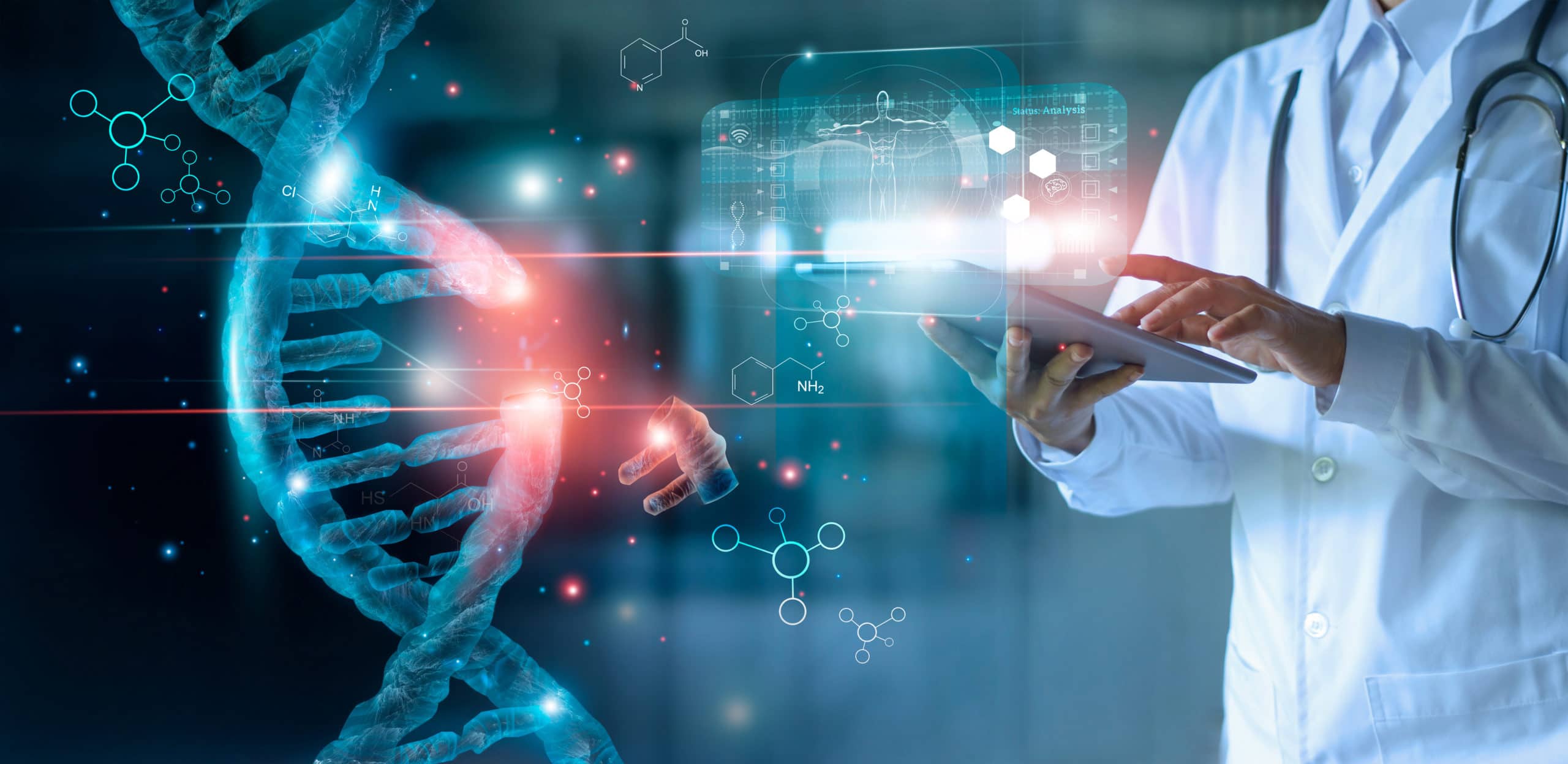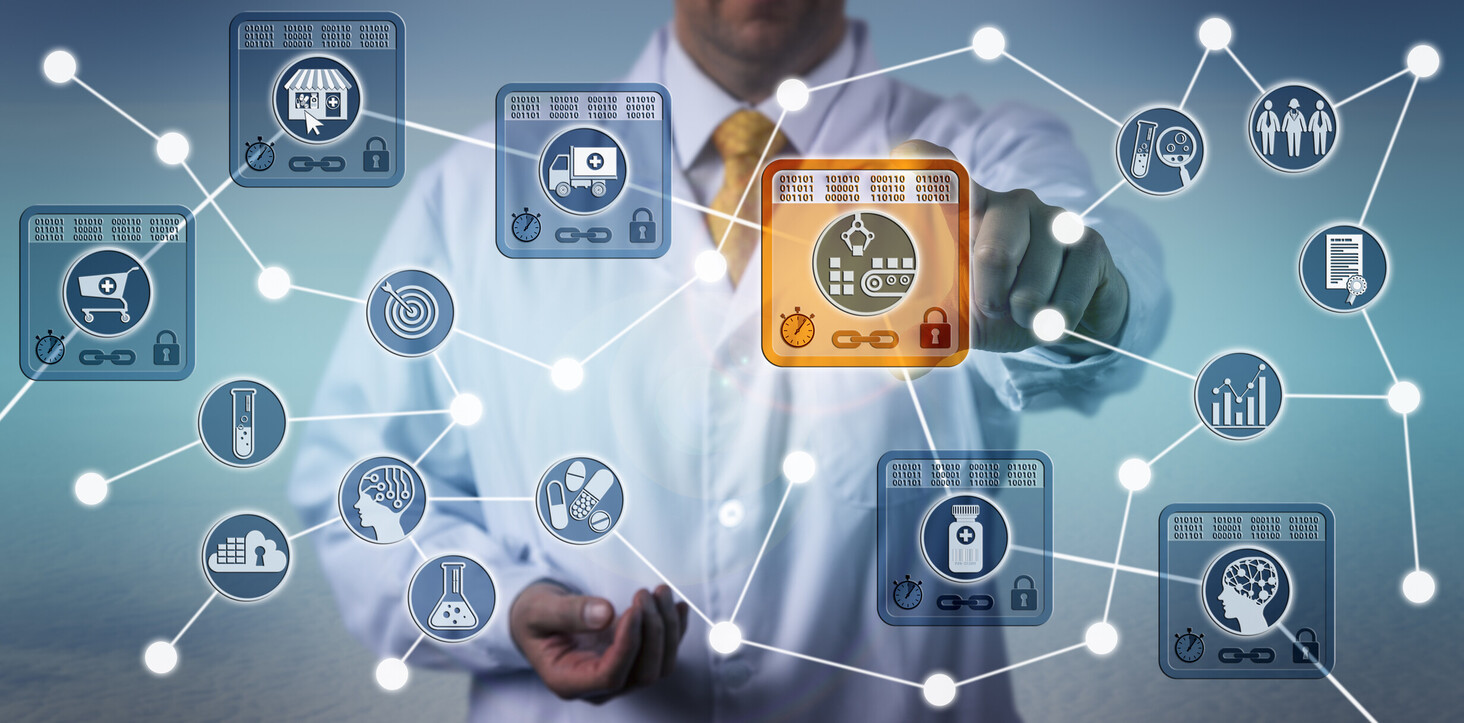Basic Knowledge About the Process
Many people are drawn to DNA tests out of curiosity about their ancestry, health, or family connections. A simple saliva sample or cheek swab can now provide information that was once limited to scientific laboratories. Thanks to at-home testing kits, the process has become much more accessible to everyone.
For some, it’s a way to reconnect with their family history. For others, it’s about understanding their health and lifestyle. Each result tells a unique story, and it’s important to know what might come out before taking the test.
A DNA test is more than just a product of curiosity. It’s a tool for deeper self-awareness and social connection.
How a DNA Test Works
Most at-home DNA tests require only a saliva sample or a simple cheek swab. Once collected, the sample is sent to a lab for analysis of your genetic material. The process is painless and can be done easily at home.
Within a few weeks, you’ll receive a report online or via email. The report is usually categorized into ancestry, traits, and health predispositions. Some companies also offer raw DNA data for those who want to do further analysis.
It’s important to remember that each test varies in scope. Some companies focus more on ethnicity and origin, while others specialize in medical aspects.
What You’ll Learn from Ancestry Results
Ancestry results show a breakdown of your ethnic or regional origins based on your genes. You might discover roots in Southeast Asia, Northern Europe, or other parts of the world. Some results display the percentage of each region present in your DNA.
Sometimes, the results can be surprising. People who thought they came from a single background often discover additional ancestral lines. This kind of information can lead to renewed personal identity and family discovery.
Some companies even provide interactive maps showing the historical migration patterns of your ancestors. It’s a scientific journey into history.
Discovering Relatives Around the World
One key feature of many DNA testing services is “DNA Matches.” If your DNA shares segments with others, they may appear as potential relatives—from cousins to siblings. This is particularly useful for people searching for biological parents or siblings.
Many have shared stories of reuniting with siblings or reconnecting families separated for decades. However, emotional readiness is important—unexpected results can occur.
If you want to connect, most platforms offer built-in messaging features. But it’s not required—you’re in control of whether or not to open communication.
Insights into Health Through Your Genes
Some DNA tests offer information on genetic predispositions. This means they can show whether you have a higher risk for conditions such as diabetes, heart disease, or certain cancers. This is not a diagnosis, but a guide to potential concerns.
Tests can also reveal traits like lactose intolerance, caffeine sensitivity, or your likely skin type based on genetics. These insights can support lifestyle and nutrition choices.
However, it’s important to consult a doctor if medical-related information is revealed. Not all results are definitive. Environment and lifestyle also play major roles.
Understanding Genetic Traits and Identity
Aside from ancestry and health, some tests offer insights into physical and behavioral traits. You might learn why you have curly hair, why you’re a night owl, or how sensitive you are to smells.
While these can be fun, they also help you understand how traits are inherited in families. You might see similarities between yourself and relatives—even if you didn’t grow up together.
The traits section is often a favorite among users because it connects them to both the physical and emotional sides of their identity.
How Your Genetic Data Is Protected
A common concern is whether DNA testing is safe. Fortunately, most reputable companies have clear privacy policies. They don’t sell or share your data without your permission.
You can often choose to delete your DNA file or opt out of research participation. If you do allow it, anonymous data may be used in studies on diseases or population genetics.
Transparency and user control are key. Before sending a sample, read the provider’s terms and privacy settings carefully.
Important Limitations to Know
While DNA tests offer a lot of information, they’re not always precise or complete. For example, ethnicity estimates are based on reference populations and may change as company databases expand.
Health data is also limited to certain variants. Most tests don’t cover the entire genome, so they shouldn’t replace medical testing if you already have symptoms.
Understanding these limitations helps you process results more realistically—it’s not guesswork, but it’s also not a final answer.
Preparing for the Emotional Impact
Not all DNA results bring joy. Some people discover they were adopted or that they have half-siblings they never knew about. These revelations can challenge long-held beliefs about family if you’re unprepared.
For those unsure, there are support groups and counselors available. The emotional side of testing is just as important as the science behind it.
Opening yourself to the truth is part of the journey. It’s not always easy, but for many, it leads to personal growth.
Using the Results as a Guide, Not a Final Answer
A DNA test is best viewed as a tool—something that offers insight rather than absolute truth. While it can provide powerful information about your ancestry, health, and traits, it shouldn’t dictate every decision you make. Your genes are just one piece of a much larger puzzle that includes environment, experience, and personal choice.
Self-discovery doesn’t stop when the test results arrive. Instead, it marks the beginning of a deeper journey—one that involves reflection, acceptance, and growth. The insights you gain from a DNA test can lead to new perspectives, but they must be understood in the context of your whole life, not just your genetic code.
When approached with humility and openness, DNA results can become a bridge to stronger relationships—with yourself, your family, and your wider community. Rather than defining you, they offer opportunities for connection, curiosity, and understanding. Used wisely, they support—not replace—your ongoing story.
